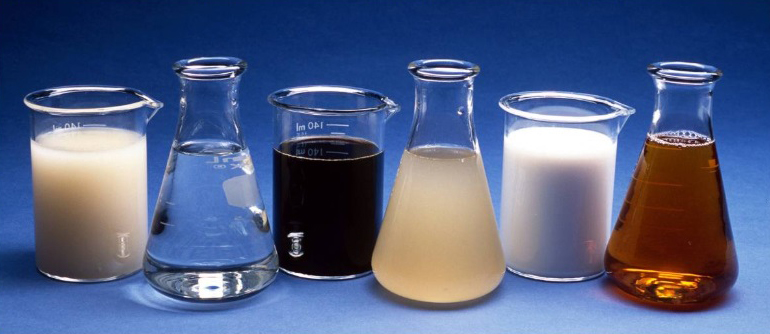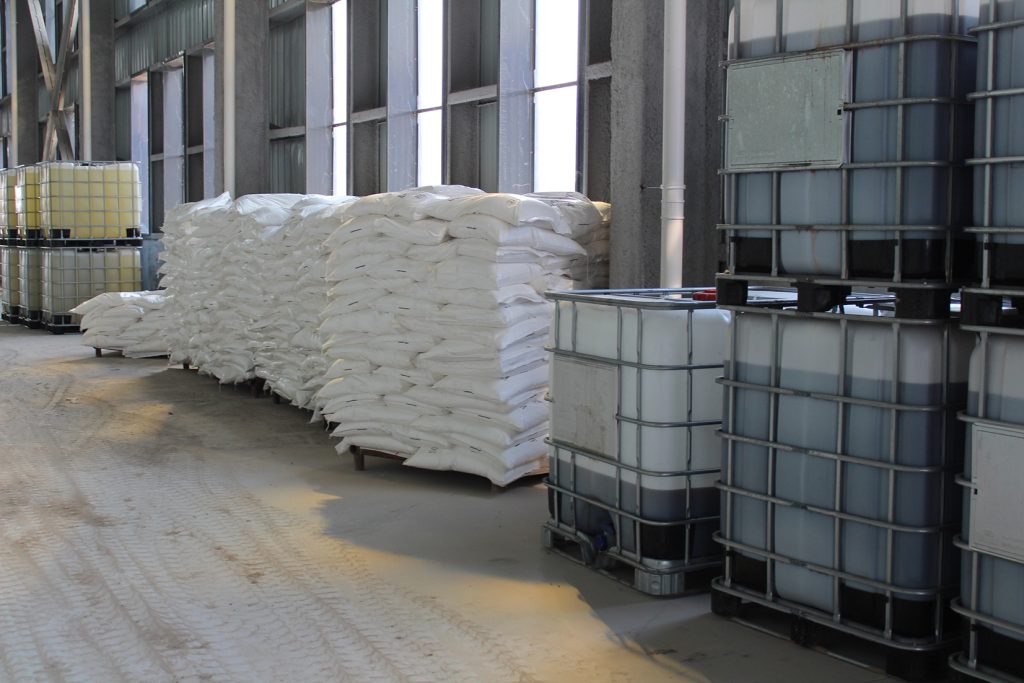Concrete is the most widely used construction material globally, but its durability faces constant challenges from environmental factors. Chemical admixtures offer effective solutions to improve concrete durability. This article explores various strategies involving chemical admixtures, their mechanisms, applications, and future prospects.
- Understanding Chemical Admixtures and Their Role in Durability
1.1 What Are Chemical Admixtures?
Chemical admixtures are substances added to concrete during mixing in small quantities. They alter concrete properties to enhance performance. These materials can be organic, inorganic, or polymeric, each with specific functions.
1.2 The Importance of Durability in Concrete Structures
Durability ensures long-term serviceability of structures, reducing maintenance costs. Environmental factors like moisture, temperature, chemicals, and mechanical loads degrade concrete over time. Admixtures address these issues by improving resistance to corrosion, freeze-thaw cycles, and chemical attacks. - Key Chemical Admixtures for Enhancing Concrete Durability
2.1 Water-Reducing Admixtures
Water-reducing admixtures lower the water-cement ratio without compromising workability. This leads to denser concrete with fewer pores, improving resistance to water penetration. Examples include lignosulfonates, naphthalene sulfonates, and polycarboxylate ethers (PCEs). PCEs are highly efficient, reducing water by up to 30% and enhancing compressive strength.
2.2 Air-Entraining Admixtures
Air-entraining admixtures introduce tiny air bubbles into concrete. These bubbles relieve internal pressure during freeze-thaw cycles, preventing cracking. They are especially useful in cold climates. Surfactants like saponins or synthetic detergents act as air-entraining agents, improving durability in saturated conditions.
2.3 Corrosion Inhibitors
Corrosion of steel reinforcement is a major durability issue. Corrosion inhibitors prevent or slow down electrochemical reactions. Organic inhibitors, such as amines or imidazolines, form protective films on steel surfaces. Inorganic inhibitors like calcium nitrite increase the pH around steel, maintaining its passive layer.
2.4 Pozzolanic Admixtures
Pozzolanic materials react with calcium hydroxide to form additional cementitious products. Fly ash, silica fume, and metakaolin are common pozzolans. They fill voids, refine pore structure, and reduce permeability, enhancing resistance to chemical attacks like sulfate or chloride ingress.
2.5 Shrinkage-Reducing Admixtures
Shrinkage-reducing admixtures (SRAs) lower the surface tension of pore water, reducing drying shrinkage. Ethylene glycol and polyglycol derivatives are typical SRAs. They minimize cracking caused by dimensional changes, improving the overall integrity of concrete structures.



- Mechanisms of Action for Durability Enhancement
3.1 Improved Microstructure
Admixtures modify the concrete microstructure by reducing porosity and refining pore size. Water reducers create denser matrices, while pozzolans react to form more hydration products. This densification decreases the availability of pathways for harmful substances to penetrate.
3.2 Chemical Protection
Corrosion inhibitors and pozzolans provide chemical protection. Inhibitors create barriers on steel, while pozzolans reduce calcium hydroxide content, making concrete less vulnerable to acid or sulfate attacks. Air-entraining agents protect against physical damage from freezing by relieving internal pressures.
3.3 Mechanical Property Enhancement
Higher strength and lower permeability from admixtures directly contribute to durability. Reduced water-cement ratios increase density, while shrinkage reducers prevent cracking that could allow moisture ingress. These mechanical improvements create a more robust material against environmental stresses. - Practical Applications and Considerations
4.1 Selection of Admixtures
Choosing the right admixture depends on specific environmental challenges. For coastal structures, corrosion inhibitors and dense matrices from superplasticizers are essential. In cold regions, air-entraining agents and SRAs become critical. Engineers must assess site conditions, design requirements, and material compatibility.
4.2 Dosage and Mix Proportions
Optimal dosage is crucial for effectiveness. Excessive admixtures can cause adverse effects, such as delayed setting or reduced strength. Manufacturers’ guidelines and laboratory testing help determine the best dosage. Balancing admixtures with cement type and aggregate properties ensures consistent performance.
4.3 Construction Practices
Proper mixing and curing are vital for admixture efficiency. Admixtures should be added at the correct stage of mixing to ensure uniform distribution. Adequate curing maintains hydration, allowing admixtures to develop their full potential in enhancing durability.
4.4 Cost-Benefit Analysis
While admixtures may increase initial costs, they reduce long-term maintenance expenses. Durable structures have longer service lives, offering significant economic benefits. Engineers must weigh upfront costs against the extended durability and reduced repair needs. - Challenges and Future Directions
5.1 Compatibility Issues
Some admixtures may not work well with certain cement types or other admixtures. Compatibility testing is necessary to avoid problems like delayed setting or reduced strength. Research into universal admixture formulations could address this challenge.
5.2 Long-Term Performance Data
Long-term effects of some modern admixtures, especially polymeric ones, are not fully understood. Continuous monitoring of structures and accelerated aging tests can provide data on their durability over decades.
5.3 Environmental Impact
Manufacturing some admixtures may have environmental costs. Future research should focus on developing eco-friendly admixtures from waste materials or sustainable sources. Biodegradable inhibitors and recycled pozzolans are promising directions.
5.4 Emerging Technologies
Nanotechnology offers new possibilities, such as nano-silica or carbon nanotubes to further refine microstructure. Smart admixtures that respond to environmental changes, like self-healing agents, are also on the horizon. These innovations could revolutionize concrete durability strategies.
Conclusion
Chemical admixtures play a pivotal role in enhancing the durability of concrete structures. By improving microstructure, providing chemical protection, and enhancing mechanical properties, they address various environmental challenges. Proper selection, dosage, and construction practices are essential for maximizing their benefits. While challenges like compatibility and environmental impact remain, ongoing research and technological advancements promise more effective and sustainable solutions. As infrastructure demands grow, leveraging chemical admixtures will be crucial for creating durable, long-lasting concrete structures that withstand the test of time and nature.
By integrating these strategies, engineers can design concrete that not only meets current standards but also ensures resilience for future generations. The continuous exploration of admixture types and their mechanisms will drive innovation in sustainable and durable construction materials.
మా ఉత్పత్తులను ఉపయోగిస్తున్నప్పుడు మీరు ఎదుర్కొనే ఏవైనా సమస్యలను పరిష్కరించడానికి మా ప్రొఫెషనల్ టెక్నికల్ టీమ్ 24/7 అందుబాటులో ఉంటుంది. మేము మీ సహకారం కోసం ఎదురు చూస్తున్నాము!

